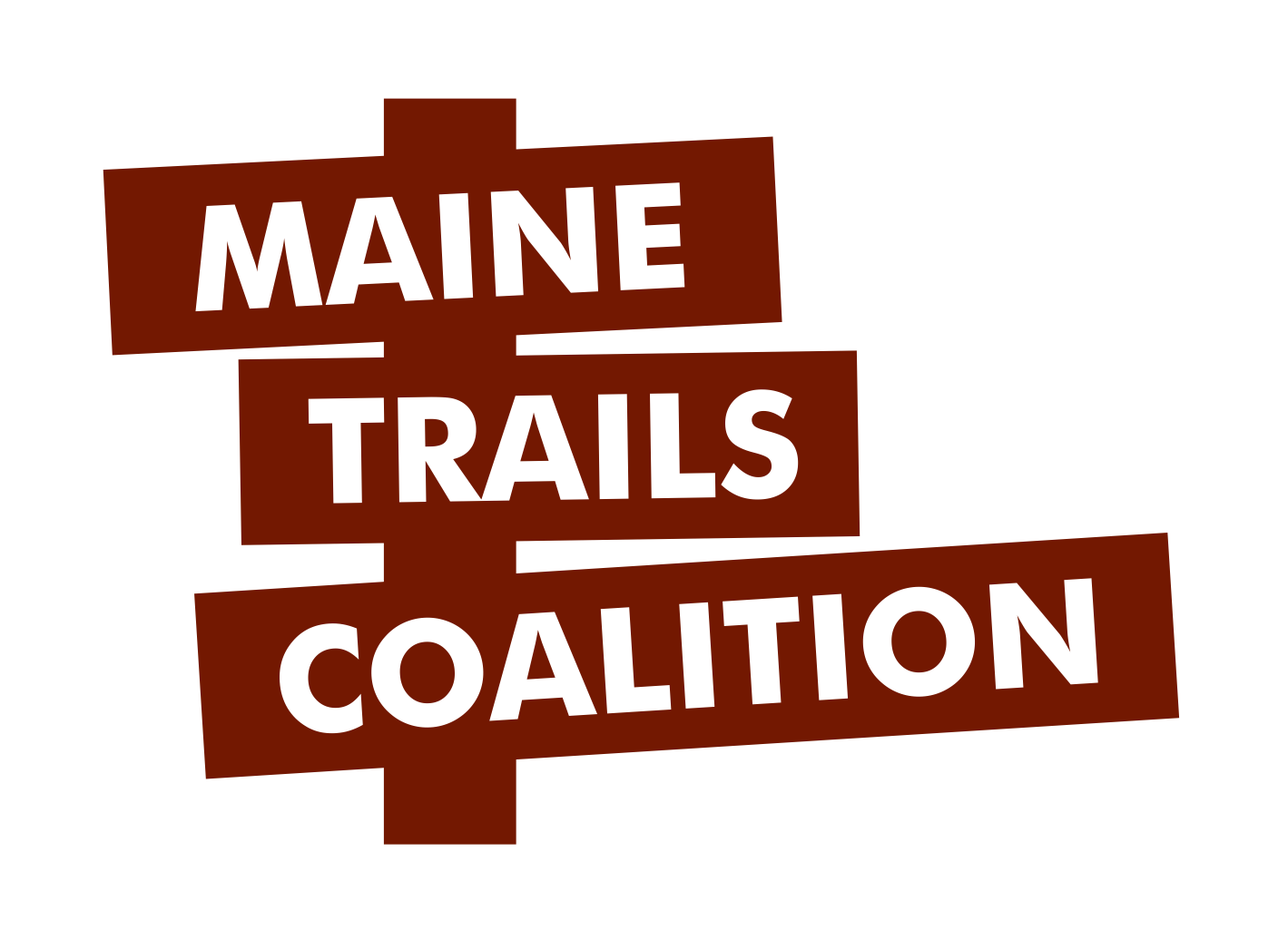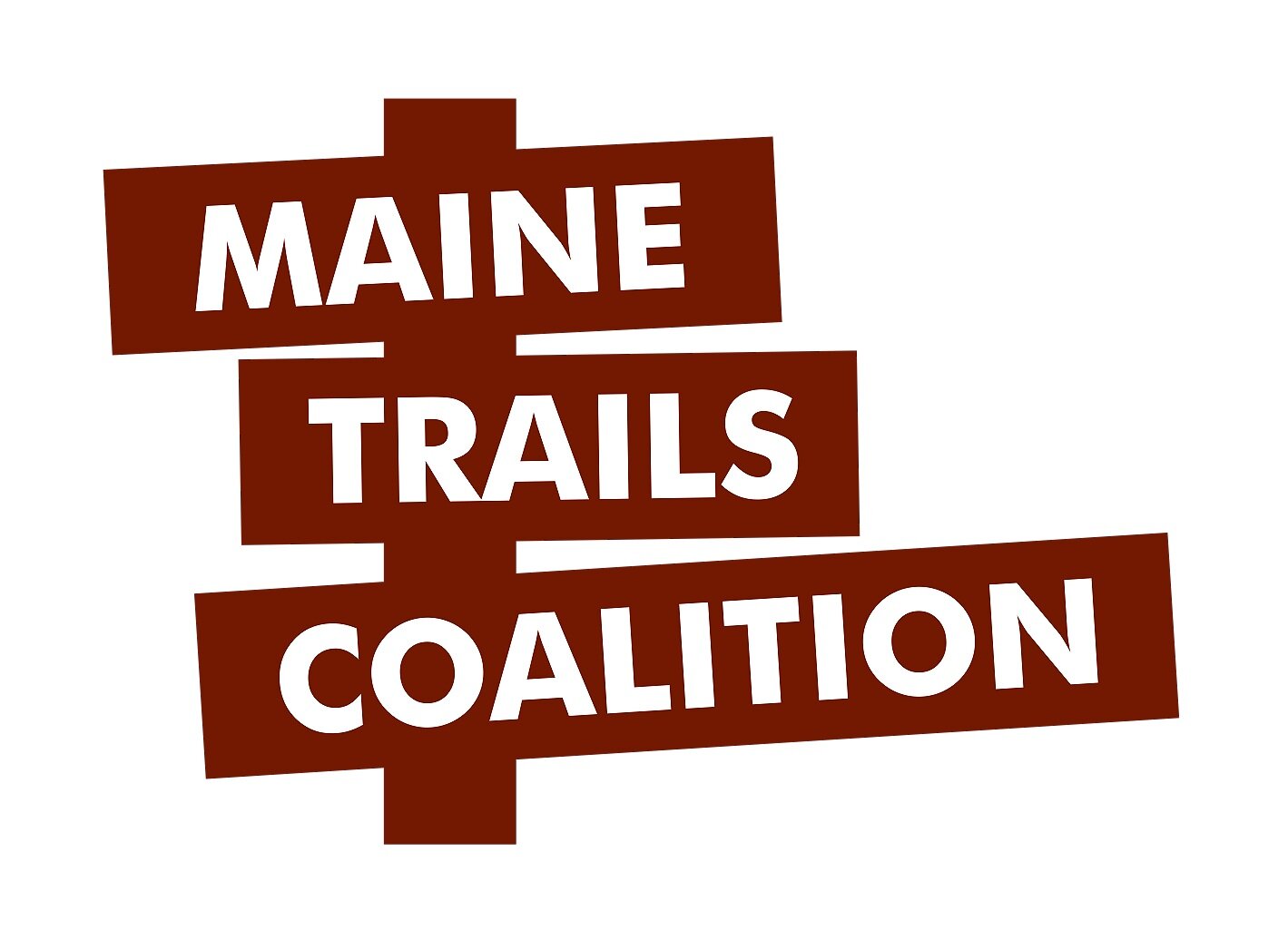Action Alert: Let Unused Rail Corridors Be Used as Trails
One of MTC’s key legislative priorities in this session of the Maine Legislature is LD 1370 - An Act to Establish Trail Until Rail Corridors. This bill would authorize multi-use trail construction on four rail corridors that have not been used by trains for many years. All four corridors are state-owned public resources, yet they are serving no current public purpose. These projects are foundational components of the Maine Trail Coalition’s Maine Rail Trail Plan 2020-2030.
The bill does not request any new funding for trail construction; it simply authorizes the use of these corridors as trails.
Why This Bill Matters
Passage of this bill will enable local authorities, regional authorities, and community interest groups to seek federal infrastructure funds, private donations, and local funding commitments, which might in the future be supplemented with state resources.
Specifically, the bill focuses on high-potential rail corridors that have not been used for train service in many, many years:
Down East Sunrise Trail
The Down East Sunrise Trail is an existing multi-use trail that runs 87-miles from Ellsworth toward Calais, using the state-owned Calais Branch rail corridor. The bill would allow trail use on the last 12-mile segment of this unused rail corridor, so that it extends all the way to Calais, completing this 99-mile trail resource. It runs through a natural landscape of green forests and vast marshes, habitat for iconic moose, beavers, eagles, wild turkeys, and white tail deer. The final segment authorized by this bill would connect the trail with other recreational facilities through the Moosehorn National Wildlife Refuge.
Merrymeeting Trail
The existing Kennebec River Rail Trail extends 6.5 miles between Augusta and Gardiner. The Androscoggin River Bicycle Path extends 2.6 miles from Brunswick toward Bath. This bill authorizes the 26-mile Merrymeeting Trail, which would connect these existing trails to create a 35-mile continuous multi-use trail facility from Brunswick to Augusta. It uses the same long unused, state-owned Lower Road rail line that is utilized by the Kennebec River Rail Trail, and passes through long, stretches of beautiful scenery along the Cathance, Abagadasset, and Kennebec Rivers as it runs through Topsham, Bowdoinham, Richmond, and Gardiner.
Casco Bay Trail and Royal River Greenbelt
These sibling-projects would be anchored by a 26-mile multi-use trail from Portland to Auburn, following the unused and state-owned St. Lawrence and Atlantic rail corridor. At its southern gateway, the Casco Bay Trail would link to the Back Cove Trail and Eastern Promenade Trail through Portland, and to the Eastern Trail from South Portland to Kennebunk and points south. Midway, it crosses the West Side Trail, the Beth Condon Pathway, and Royal River Park. It then forks left onto the proposed Royal River Greenbelt, and its many parks and preserves, including Riverfront Woods Preserve, Chandler Brook Preserve, Baston Park, the Pineland Farm Trails, the Bradbury-to-Pineland Trail, Pisgah Hill Preserve, Intervale Preserve, Thurston Wildlife Marsh, and other public lands in the Royal River watershed.
Mountain Division Trail
The 51-mile vision for the Mountain Division Trail extends from Portland to the New Hampshire border in Fryeburg, connecting an existing 6-mile segment already constructed through Gorham, Standish, and Windham, a 4-mile segment in Fryeburg, and integrating with the Sebago-to-the-Sea Trail project. The bill authorizes trail until rail use on the 35-mile western portion of the Mountain Division rail corridor from Standish to Fryeburg. A rail with trail facility is envisioned on the 16-mile eastern portion of the corridor from Portland to Standish.
Four iconic Trail-until-Rail projects, i
ntegrated into a statewide vision of networked multi-use trails
What Does This Mean for Future Train Service?
The Maine Trail Coalition’s Maine Rail Trail Plan 2020-2030 calls for the continuing preservation and maintenance of a separate and active rail corridor that can be used to extend future Amtrak, commuter train, and/or freight service from Boston through Maine's largest population centers in Biddeford-Saco, Portland, Brunswick, Lewiston-Auburn, Waterville, and Bangor, and with potential continuing service to Montreal and the VIA Rail Canada network. None of these projects interfere with these possibilities.
That means we can accomplish both public purposes: rail and trail! There is still active train service on the Pan Am (now CSX) rail corridor from Portland to Lewiston-Auburn to Waterville to Bangor. It would be far less expensive to extend future passenger or freight train services on this line than to restore and maintain a second train route through these same cities. That frees up the St. Lawrence and Atlantic rail corridor and the Lower Road corridor for the complementary public purpose of multi-use trails.
The bill also provides for the restoration of train use on any of these “trail until rail” corridors if the state determines that train service is in the greater public interest. A 2019 poll conducted even before the COVID-19 pandemic showed that 86 percent of Mainers favor creating multi-use trails on unused rail corridors, if the trails could be converted back to railroad use if needed.
What You Can Do
Download our fact sheet on LD 1370 and share it with your networks.
Contact your legislators! Let them know you support LD 1370, and encourage them to do the same.
Write a letter to the editor of your local paper explaining why you support Maine trails, highlighting the benefits trails bring to communities, and encouraging others to support this bill to help fund them.
Make sure you’re signed up for our updates. As this bill progresses through the legislative process, we will keep you posted on opportunities to speak up or testify in support.


